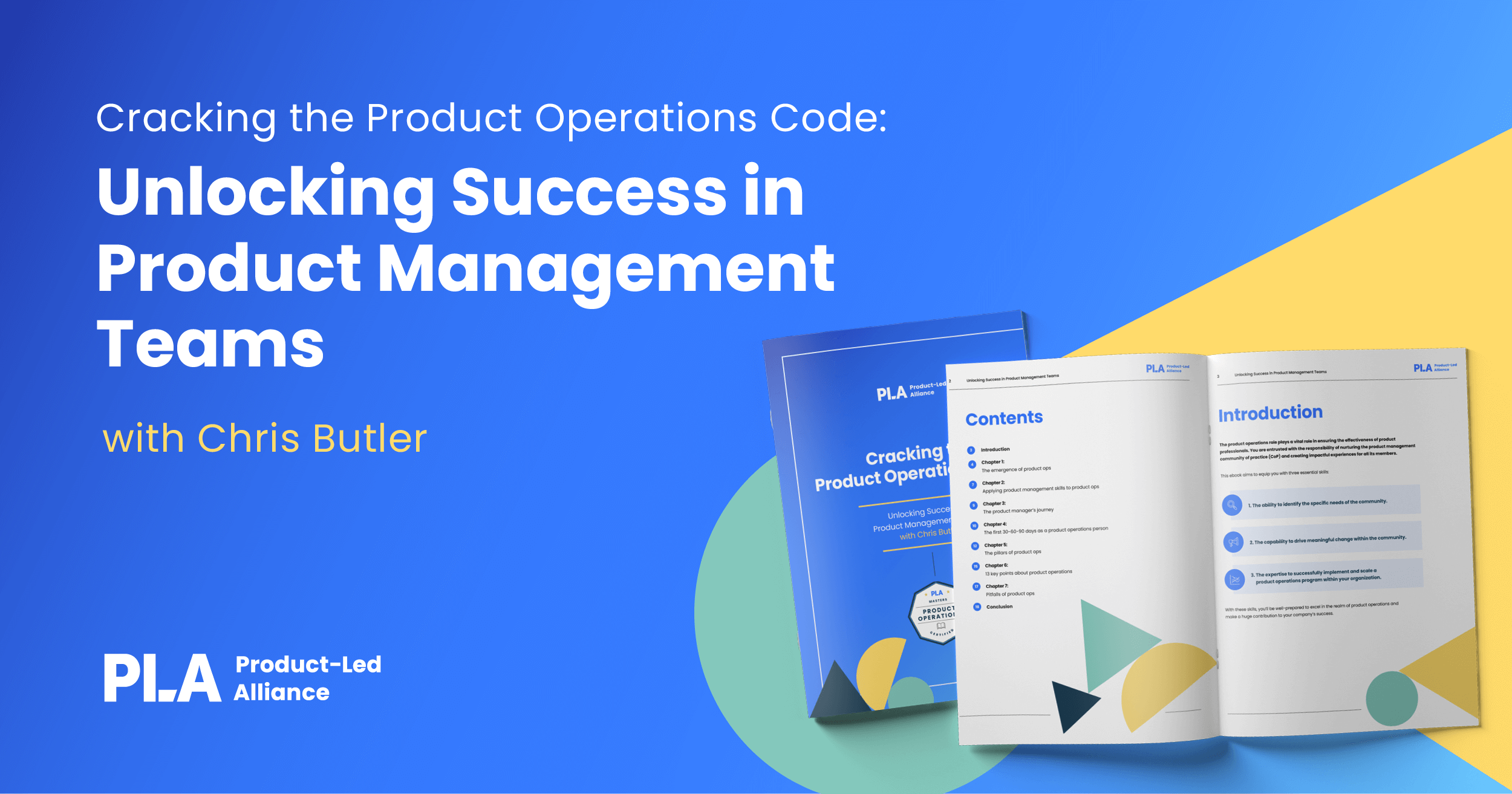“Product operations” is a nascent but fast-growing field. What is it, and what skills does it require?
I first heard of product operations (POPs) when I joined Uber in 2019. The product operations function was kicked off at Uber back in 2015 by Blake Samic. As the Uber machine scaled globally, a middle layer between product and operations teams around the world was needed to prioritize and tackle the most impactful tech and business problems.
According to our State of Product Ops report, 89% of companies surveyed had a POPs function. Another report from 2019 by Pendo and the Product Collective - “The Rise of Product Ops” - estimates that Linkedin users with the POPs title are increasing by 8% YoY.
At the time of writing this article, a quick LinkedIn search of the title “Product Operations Manager” returns 6.8k results. For comparison, “Data Scientist”, a field that exploded in 2012, returns 507k.
In summary, while interest in product operations is rising, the field remains nascent which implies an evolving identity.

Product operations archetypes
As I speak to product operations managers and read about their experience at different companies, I get lost in the sheer spectrum and diversity of roles and responsibilities.
That is to say, POPs does not have a unified definition yet. Common competencies such as stakeholder management, communication and strategic alignment exist across the board, but many unique archetypes have also emerged.
Therefore, creating a general statement that containerizes POPs such as “enabling product excellence” or “the connective tissue between product and business functions’’ undersells the role at best, or falsely describes it at worst.
Instead, I propose the following four POPs archetypes as a starting point for employers and prospective applicants to better understand the role.

Roadmap enabler 🛠
Here, POPs is primarily focused on enabling product management through developing rituals and systems to build and operate at scale.
The Roadmap Enabler responsibilities include establishing and maintaining a product planning process with documentation (product requirement documents, OKR sheets, etc), streamlining decision-making across tech and business stakeholders, and developing governance around screens, web pages and processes.
Here is an example of a Roadmap Enabler POPs job description at Shopify (date unknown).
- Create robust practices to accelerate a multi-location, highly dependent product team’s projects and decisions.
- Work with each product and data team to define and build tracking tools for product roadmap objectives and key results.
- Surface insights that help leadership understand where we’re making product bets, how the projects are being executed, how they’re performing, and where risks are beginning to surface.
- Build processes to identify and manage multi-team, multi-month, or multi-product line dependencies.
- Collaborate with peers - e.g. product operations managers that are embedded with different segments at Shopify, to share tools and expertise that amplify the impact of product operations across the company.

Voice of customer 👂
The Voice of Customer archetype acts as a medium between users and product, sifting through user channels (support inbounds, forums, social media, user interviews, etc.) to identify and stack-rank user pain points.
This archetype also works closely with the UX research team to understand and interpret customer needs. Further, POPs partner with operations teams to build temporary custom solutions for clients, stopping the bleeding until tech resourcing is available for solutions at scale. The POPs function also communicates product changes and launches with customer-facing teams.
Here's an example of a Voice of Customer job description at Faire (June 2021).
- Collaborate with product teams on the feasibility of products throughout the product lifecycle.
- Identify key problem areas and/or geographies that will be impacted by the new product launches & scoping out possible solutions to address these issues.
- Partner with product managers on developing features to ensure scope accomplishes customer and business goals.
- Develop processes to accelerate product development that improves customer experience.
- Oversee and scale existing “Voice of Customer” program with operational partners to surface key insights and inform product development teams.
- Ensure functional stakeholders are aligned on key objectives for the program/product and agree on strategies to remove roadblocks.
- Ensure that customer-facing teams are ready with the information and processes required to support new products.

Business analyst 📈
Embedded in the product organization, the Business Analyst leverages their analytical skills to extract and transform insights, and fuel product and business decision-making.
The Business Analyst may also be in charge of setting up and maintaining business intelligence and experimentation tooling, such as Looker and Optimizely. Similar to other archetypes, the Business Analyst bridges the gap between technical and non-technical stakeholders.
Here is an example of a Business Analyst POPs role at Hubspot (June 2021).
- Collaborate with technical and non-technical stakeholders, bridging the gap between the business problem and technical solution.
- Own and champion product operations’ “crown jewel” data assets that answer HubSpot’s most critical operational questions, reinforcing them as a source of truth across the organization.
- Develop scalable data models that enable performant analysis into Hubspot’s products and business.
- Curate, organize and document product operations data and reporting environments across Looker, dbt and Amplitude.
- Collaborate closely with Hubspot’s BI and Data Engineering teams to expand data access and availability.
- Enable & educate analysts on best practices for reporting, leveraging HubSpot’s data assets, and analytics development within - Snowflake SQL, dbt, LookML, and git.
- Define team-wide coding standards, documentation requirements and development processes (code reviews, testing requirements, etc).
Product launcher 🚀
A project manager with expertise in business operations and analytics, this POPs archetype’s mandate is to operationalize new products across multiple teams, cities and/or countries.
Common in global marketplace business and heavily regulated industries, the Product Launcher works closely with tech teams and corporate stakeholders such as finance, legal and tax to achieve roadmap alignment, build go-to-market strategies, design experiments and launch products.
Here is an example of a Product Launcher role at Uber (June 2021).
- Define the operating structure and processes to implement on product strategy as an individual contributor on a highly-effective product operations team.
- Lead a community of strategic leaders to encourage meaningful impact to the business- Maintain regular communications with key partners across the org
Ensure functional partners are aligned on key objectives for the program/product. - Advise product teams on the global feasibility of products throughout the product lifecycle.
- Develop an end-to-end product rollout plan, and project-manage implementation.
- Collaborate with key partners (legal, tax, policy, support etc) to prepare the product for launch.
- Track core business metrics related to the product.
- Identify key problem areas and/or geographies impacted by the product post-launch.
- Surface and advocate for key insights from the business to advise product improvements.
Archetypes of the future
As product operations evolves across tech, the archetypes of today will likely merge into a unified identity similar to product management (with specializations across teams). I for one am excited to see this identity established as a pillar of product development.




 Follow us on LinkedIn
Follow us on LinkedIn




